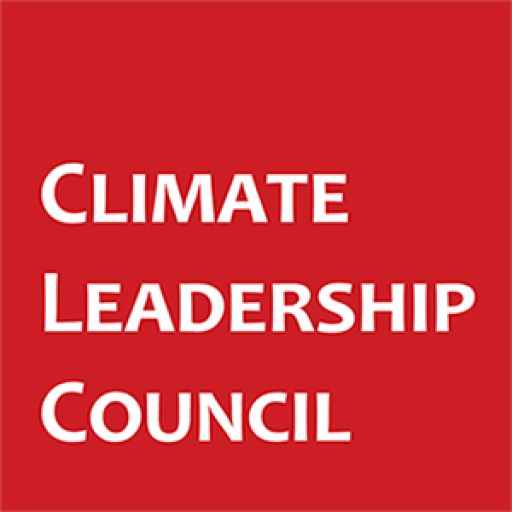Diverse and reliable critical mineral supply chains are a vital component of any strategy to reduce greenhouse gas emissions. Minerals like lithium, graphite, and cobalt are inputs for battery production, while copper is essential for renewable energy technologies. Accelerated by the energy transition, global demand for critical minerals is projected to double by 2030 and quadruple by 2040. This race for these resources is leaving U.S. policymakers grappling with how to secure already vulnerable supplies that are crucial to economic growth and technological advancement.
In “Prioritizing American Interests: A New Strategy for Global Decarbonization,” we present a policy framework that identifies four priorities for unlocking climate solutions. Resource security of critical supply chains is an essential focus.
The U.S. lacks substantial domestic production and refining capabilities for these essential materials; it imports over 50% of 41 out of 50 critical mineral categories and is entirely dependent on imports for 14 minerals. This reliance is compounded by the fact that over 60% of lithium, graphite, cobalt, rare earth elements, and nickel originate from just one or two—often politically volatile—countries.
Figure 6. Share of minerals refining and mining by country or region, 2023 Source
Share of supply for energy transition minerals (%)

Source: IEA Critical Minerals Dataset
China dominates the critical mineral landscape, controlling 85% of global processing capacity. For instance, it not only mines over 80% of battery-grade graphite but also refines nearly all of it. Recent export controls by China on graphite, gallium, and germanium highlight the vulnerabilities of U.S. manufacturers who have little choice but to depend on China for these supplies.
The U.S. is taking steps to mitigate these challenges. Investments in domestic mining and processing—such as initiatives to establish a supply chain for synthetic graphite—aim to expand domestic production capacity, reducing reliance on Chinese imports. The U.S. Geological Survey is also investing $320 million to map 800 potential sites for recoverable critical mineral resources domestically.
The U.S. has also initiated collaborative efforts to bring projects to scale faster, including the Minerals Security Partnership with 13 other countries and the EU. Although these partnerships have yet to yield immediate results, they signify a positive move toward advancing supply chain security. More reliable access to international sources of critical minerals is a necessary complemented to domestic-facing efforts. Encouragingly, robust reserves in democratic nations like Argentina and South Africa present promising alternatives to a supply chain dominated by a single, antagonistic partner.
Incremental efforts are insufficient. The U.S. must commit to a robust strategy for diversifying and securing long-term supply chains for critical minerals. This calls for bold initiatives to develop mineral resources domestically and accelerate their growth internationally. Achieving this requires not only political will but also innovative approaches to resource management and development.
